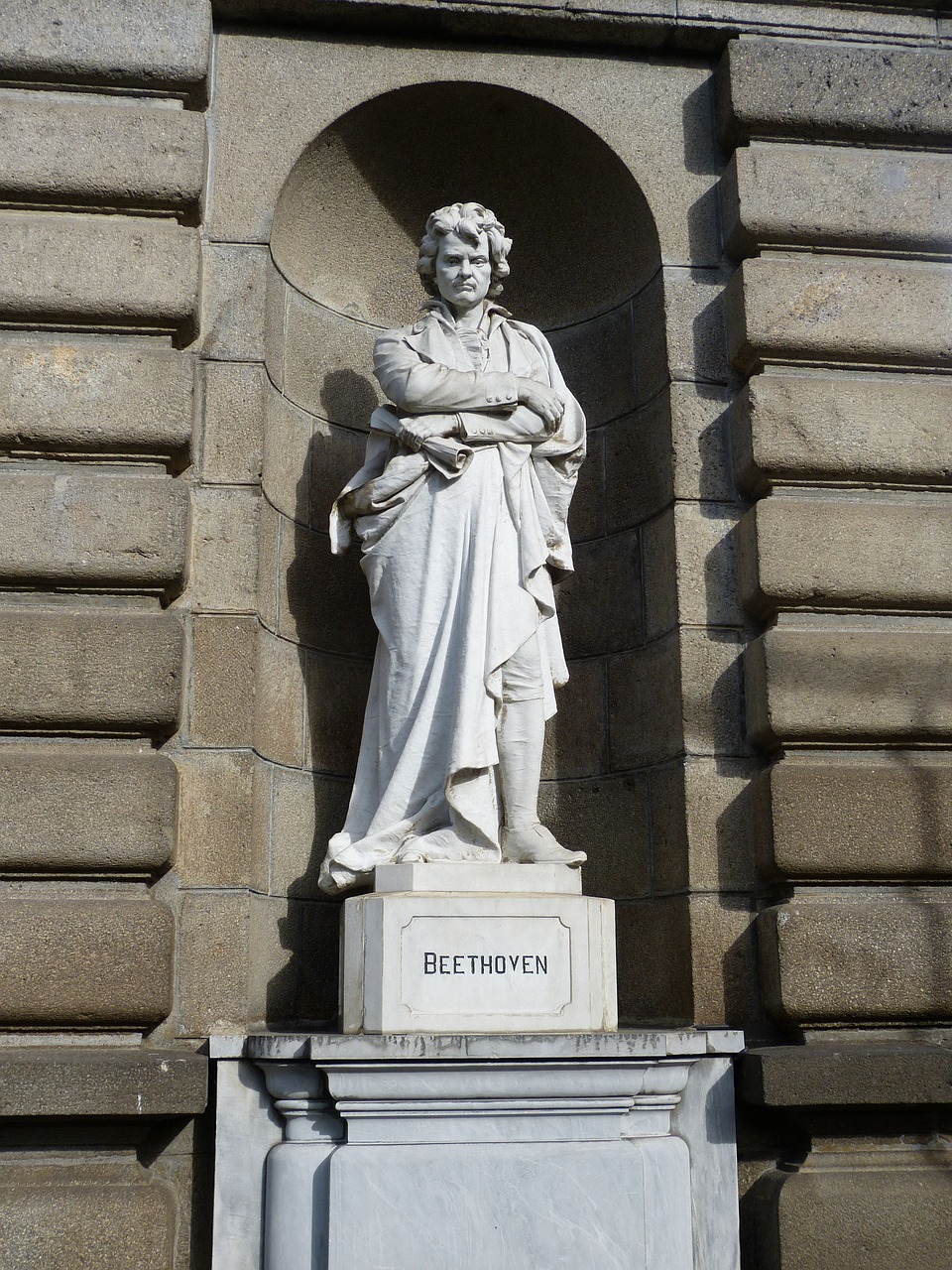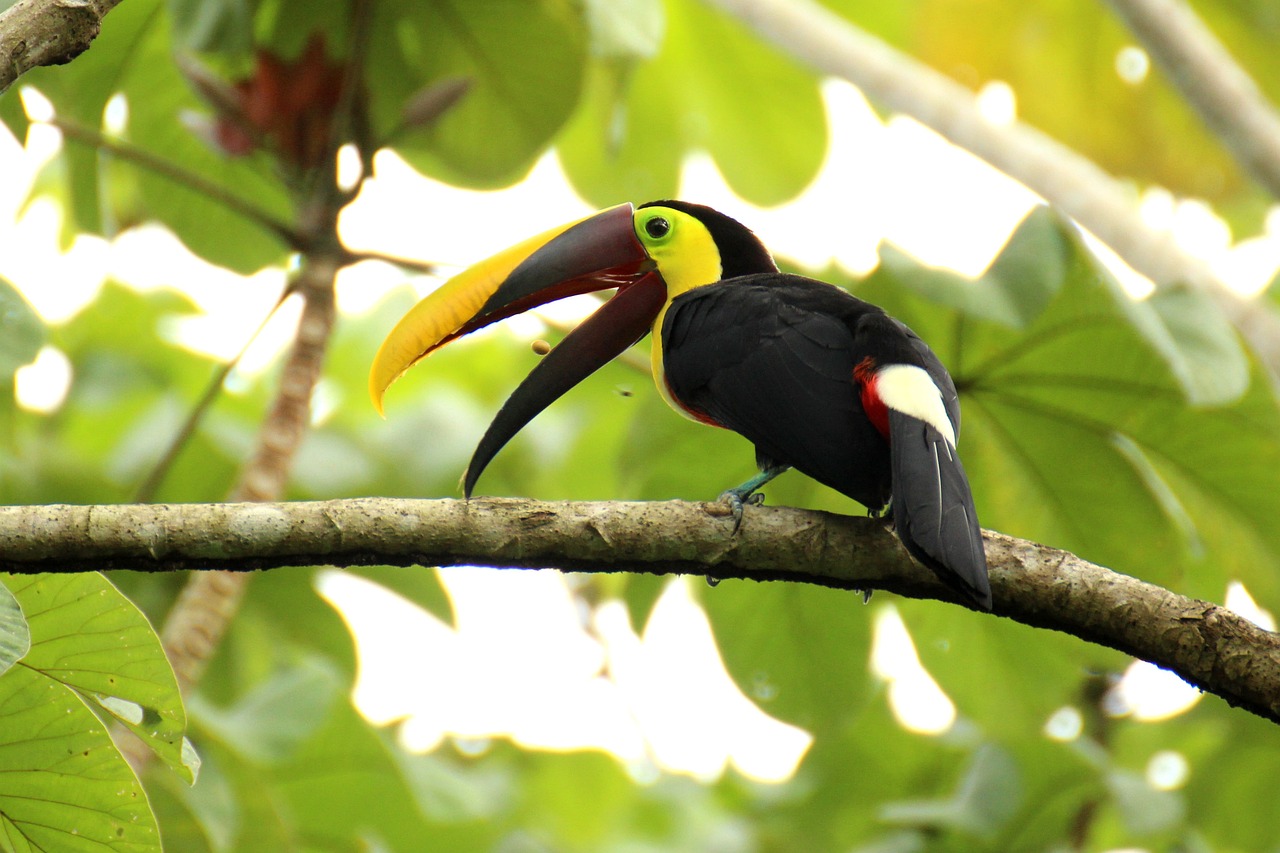Costa Rica Video
Local Celebrations and Holidays: What to Expect in Costa Rica
Costa Rica is a vibrant country known for its rich cultural heritage and lively celebrations. From religious festivals to national holidays, Costa Ricans love to come together and celebrate their traditions. If you’re planning a visit to Costa Rica, understanding the local celebrations and holidays can enhance your experience and allow you to immerse yourself in the country’s unique culture. In this article, we will explore some of the most prominent celebrations and holidays in Costa Rica.
Fiestas Patronales
Fiestas Patronales, also known as Patron Saint Festivals, are religious celebrations that honor the patron saint of a particular town or city. These festivals are held throughout the year in various communities across Costa Rica. They typically involve a mix of religious ceremonies, processions, traditional dances, music, and delicious food.
- Candelaria Festival: The Candelaria Festival in Cartago is one of the most famous Fiestas Patronales in Costa Rica. It takes place in February and attracts thousands of pilgrims who come to honor the Virgen de los Ángeles, the country’s patron saint.
- Virgen de los Desamparados Festival: Held in San José in May, this festival celebrates the Virgen de los Desamparados, the patron saint of Costa Rica’s capital city. The highlight of the festival is a grand procession where the statue of the Virgin is carried through the streets.
- San Ramón Festival: The San Ramón Festival in Alajuela is dedicated to San Ramón Nonato, the patron saint of childbirth. It takes place in August and features traditional dances, bullfights, and horse parades.
Independence Day
Independence Day is one of the most significant holidays in Costa Rica. It commemorates the country’s independence from Spain, which was declared on September 15, 1821. The entire month of September is filled with patriotic celebrations, parades, music, and traditional Costa Rican cuisine.
- Parades: Independence Day parades are held in cities and towns across the country. These parades showcase colorful costumes, marching bands, traditional dances, and elaborate floats.
- Fireworks: Fireworks displays light up the night sky on Independence Day. Locals gather in parks and public spaces to watch the mesmerizing spectacle.
- Lantern Parade: In Cartago, a Lantern Parade takes place on the eve of Independence Day. Children and adults carry lanterns made from recycled materials and walk through the streets, creating a beautiful display of lights.
Carnival
Costa Rica’s Carnival is a lively and colorful celebration held in many towns and cities during the week leading up to Ash Wednesday. It is a time of joy and revelry before the start of the Catholic season of Lent. Carnival in Costa Rica features elaborate parades, vibrant costumes, music, dancing, and street food.
- Desamparados Carnival: The Desamparados Carnival in San José is one of the largest and most popular in the country. It attracts both locals and tourists with its energetic atmosphere and festive spirit.
- Puntarenas Carnival: The coastal city of Puntarenas hosts a vibrant Carnival celebration known for its lively street parties, live music, and traditional dances.
- Limon Carnival: The Limon Carnival is a cultural highlight in the Caribbean province of Limon. It showcases the Afro-Caribbean heritage of the region through music, dance, and colorful costumes.
Christmas and New Year
Christmas and New Year are widely celebrated in Costa Rica, with traditions that blend religious customs and local folklore. The holiday season is a time for family gatherings, feasting, and spreading joy.
- Posadas: Posadas are reenactments of Mary and Joseph’s search for lodging before the birth of Jesus. They involve processions, caroling, and the symbolic knocking on doors to seek shelter.
- Tamales: Tamales are a traditional Christmas dish in Costa Rica. Families come together to prepare these delicious corn dough pockets filled with various ingredients and wrapped in banana leaves.
- Fireworks: Fireworks light up the sky on New Year’s Eve as Costa Ricans bid farewell to the old year and welcome the new one with joy and excitement.
Costa Rica Image 1:

Easter
Easter, known as Semana Santa in Costa Rica, is a significant religious holiday. It commemorates the crucifixion and resurrection of Jesus Christ. During this time, Costa Ricans participate in religious processions, attend church services, and spend time with family.
- Processions: Semana Santa processions take place in various cities and towns, with participants carrying religious statues and walking through the streets in solemn reverence.
- Traditional Foods: Costa Ricans indulge in traditional Easter foods such as torrejas (sweet bread soaked in syrup), chiverre empanadas (pastries filled with squash jam), and arroz con leche (rice pudding).
- Beach Getaways: Many Costa Ricans take advantage of the Easter holidays to escape to the country’s beautiful beaches for relaxation and enjoyment.
Costa Rica Image 2:

Annexation of Guanacaste Day
Annexation of Guanacaste Day, celebrated on July 25th, commemorates the annexation of the Guanacaste province to Costa Rica in 1824. This holiday is particularly significant in the Guanacaste region, where traditional dances, parades, and rodeos are organized to honor the historical event.
- Horse Parades: Colorful horse parades are a highlight of the Annexation of Guanacaste Day celebrations. Riders showcase their horsemanship skills while dressed in traditional attire.
- Traditional Music and Dance: Folkloric music and dance performances are held throughout the day, featuring vibrant costumes and rhythmic beats.
- Rodeos: Rodeos are a popular activity during the celebrations. Spectators can enjoy bull riding, horseback competitions, and traditional games such as the “toreo a la tica” (Costa Rican-style bullfighting).
Costa Rica Image 3:

Conclusion
Costa Rica’s local celebrations and holidays offer a glimpse into the country’s rich cultural heritage and provide an opportunity to engage with its vibrant traditions. Whether you’re attending a Fiestas Patronales, witnessing the grandeur of Independence Day parades, or immersing yourself in the festive atmosphere of Carnival, these celebrations will leave a lasting impression. By participating in these events, you’ll not only gain a deeper understanding of Costa Rican culture but also create unforgettable memories.
References
- visitcostarica.com
- costarica.com
- ticotimes.net
- costaricaholidayrentals.com
- costaricainsiders.com
- costaricajourneys.com


